1.
Introduction
Notation: For two sequences of positive constants {an,n≥1} and {bn,n≥1}, symbols an∼bn, an=O(bn) and an=o(bn) stand for liman/bn=1, liman/bn∈(0,∞) and liman/bn=0, respectively. For simplicity, we shall write P⟶, a.s.⟶ and Lp⟶ to express the convergence in probability, the almost certain convergence and p-mean convergence, respectively.
The following concept of superadditive function was introduced in [1].
Definition 1.1. A function ϕ:Rn→R is called superadditive if ϕ(x∨y)+ϕ(x∧y)≥ϕ(x)+ϕ(y) for all x,y∈Rn, where ∨ is for componentwise maximum and ∧ is for componentwise minimum.
Hu [2] introduced the concept of negatively superadditive-dependent (NSD) based on the above concept of superadditive function.
Definition 1.2. A random vector X=(X1,X2,⋯,Xn) is said to be NSD if
where X∗1,X∗2,⋯,X∗n are independent such that X∗i and Xi have the same distribution for each i and ϕ is a superadditive function such that the expectations in the above equation exists. A sequence {Xn,n≥1} of random variables is said to be NSD if for each n≥1, (X1,X2,⋯,Xn) is NSD.
Hu [2] established some basic properties and three structural theorems of NSD random variables. An interesting example was also presented in [2], which illustrated that NSD is not necessarily negatively associated (NA, [3]). Christofides and Vaggelatou [4] showed that NA is NSD. Eghbal et al. [5] derived two maximal inequalities and strong law of large numbers of quadratic forms of NSD random variables. Shen et al. [6] studied almost sure convergence and strong stability for weighted sums of NSD random variables. Wang et al. [7] studied complete convergence for arrays of rowwise NSD random variables, with applications to nonparametric regression. For more research of the limit theory for NSD random variables, the author can refer the reader to [8,9,10,11,12,13,14,15,16,17,18,19,20,21,22,23,24].
NA random variable has been studied many times and attracted extensive attention, so it is very significant to investigate the limit theorems of this wider NSD class, which is highly desirable and of considerable significance in theory and application.
A random variable X is called to be a two-tailed Pareto distribution whose density is
where p+q=1.
Let {Xn,n≥1} be independent Pareto-Zipf random variables satisfying P(Xn=0)=1−1/n,
and fXn(x)=1(x+n)2I(x>0).
Obviously, if the random variable Xn satisfies Eq (1.1) or (1.2), then E|Xn|=∞, n≥1. Alder [25] considered independent and identically distributed (i.i.d.) random variables satisfying Eq (1.1) and studied the strong law of large numbers. Alder [26] obtained the weak law of large numbers for Pareto-Zipf random variables. For more research on laws of large numbers for i.i.d. random variables with infinite mean, the author can refer to works of Adler [27,28] and Matsumoto and Nakata [29,30,31].
Yang et al. [24] investigated the law of large numbers for NSD random variables satisfying Pareto-type distributions with infinite means, and obtained the following theorems which extend and improve the corresponding ones in [25,26]:
Theorem 1.1. Let {Xn,n≥1} be a nonnegative sequence of NSD random variables whose distributions are defined by P(Xn=0)=1−1/cn for n≥1 and the tail probability
where {cn} is a nondecreasing constant sequence with cn≥1 and
Then we have
Theorem 1.2. Let {Xn,n≥1} be a sequence of NSD random variables with the same distributions from a two-tailed Pareto distribution defined by Eq (1.1). Then for all β>0 we have
In the current work, the author studies the weak and strong laws of large numbers for NSD random variables. The obtained results in this article extend and improve Theorems 1.1 and 1.2. Meanwhile, the author investigates p-mean convergence for NSD random variables under some appropriate conditions, which was not considered in [24].
Throughout this paper, the symbol C denotes a positive constant which may differ from one place to another. The symbol I(A) denotes the indicator function of the event A.
2.
Some lemmas and main results
To prove our main results, we first present some technical lemmas.
Lemma 2.1. ([2]) If (X1,X2,⋯,Xn) is NSD and f1,f2,⋯,fn are all non decreasing, then (f1(X1),f2(X2),⋯,fn(Xn)) is also NSD.
As we know, moment inequalities are very important tools in establishing the limit theorems for sequences of random variables. Shen et al. [6] presented the following Marcinkiewicz-Zygmund inequality with exponent 2.
Lemma 2.2. ([6]) Let {Xn,n≥1} be a sequence of NSD random variables with EXn=0 and EX2n<∞ for n≥1. Then
By means of similar methods in Shao [32], Wang et al. [7] established the following Rosenthal-type maximal inequality, which is very useful in establishing the convergence properties for NSD random variables:
Lemma 2.3. ([7]) Let p>1. Let {Xn,n≥1} be a sequence of NSD random variables with E|Xi|p<∞ for each i≥1. Then for all n≥1,
and
Lemma 2.4. ([6]) Let {Xn,n≥1} be a sequence of NSD random variables. If
then ∑∞n=1(Xn−EXn) almost certainly converges.
Now we state our main results and the proofs will be presented in next section.
Theorem 2.1. Let {Xn,n≥1} be a nonnegative sequence of NSD random variables whose distributions are defined by P(Xn=0)=1−1/cn for n≥1 and the tail probability
where {cn,n≥1} is a nondecreasing constant sequence with cn≥1 and
Let {Dn,n≥1} be a sequence of constants satisfying Dn→∞ and Cn=o(Dn). Then we have
where Xnj=XjI(Xj≤Dncj)+DncjI(Xj>Dncj), 1≤j≤n.
Take Dn=CnlogCn, then we can obtain the following corollary which extends Theorem 1.1.
Corollary 2.1. Let {Xn,n≥1} be a nonnegative sequence of NSD random variables whose distributions are defined by P(Xn=0)=1−1/cn for n≥1 and the tail probability Eq (2.1), where {cn,n≥1} is a nondecreasing constant sequence satisfying cn≥1 and Eq (2.2). Then
Remark 2.1. Yang et al. [24] proved that
and
which yields
Then we can find that Theorem 1.1 is a special case of Corollary 2.1 for k=n. Therefore, Theorem 2.1 and Corollary 2.1 extend and improve Theorem 1.1.
Theorem 2.2. Let {Xn,n≥1} be a sequence of identically distributed NSD random variables. Let {dn,n≥1} be a sequence of positive constants satisfying dn↑∞, and {cn,n≥1} be a sequence of positive constants such that φ(n)≡cndn satisfies φ(n)→∞ as n→∞,
and
Then
where ~Xj=−φ(j)I(Xj<−φ(j))+XjI(|Xj|≤φ(j))+φ(j)I(Xj>φ(j)), 1≤j≤n.
Remark 2.2. We will show that Theorem 1.2 is a special case of Theorem 2.2. In fact, if we assume that {Xn,n≥1} is a sequence of NSD random variables with the same distributions from a two-tailed Pareto distribution defined by Eq (1.1), and take cn=nlog2−βn and dn=logβn (β>0), then φ(n)=cndn=nlog2n. We can verify that φ(n)=nlog2n satisfies the conditions stated in Theorem 2.2.
First, it is clear that φ(n)=nlog2n satisfies φ(n)→∞ as n→∞.
Second, we have by standard calculations that
which shows that Eq (2.5) is verified.
Next, we have by Eq (1.1) and φ(n)=nlog2n that
and then Eq (2.6) is verified.
Finally, we also obtain by Eq (1.1) and φ(j)=jlog2j that
By similar argument as in the proof of H→0 in [24], we can obtain J1→0. By similar argument as in the proof of Eq (3.5) in [24], we can prove J2→p−qβ. Then we obtain by Eq (2.7) that
To sum up, Theorem 1.2 is a special case of Theorem 2.2 and then Theorem 2.2 extends Theorem 1.2.
Next, we present a new theorem of p-mean convergence for NSD random variables under some appropriate conditions, which was not considered in [24,25,26].
Theorem 2.3. Let {Xn,n≥1} be a sequence of NSD random variables satisfying
Let {dn,n≥1} be a sequence of positive constants satisfying dn↑∞, and {cn,n≥1} be a sequence of positive constants such that cj≥1 and
Then for p∈(1,α),
where ^Xnj=−dncjI(Xj<−dncj)+XjI(|Xj|≤dncj)+dncjI(Xj>dncj), 1≤j≤n.
3.
The proofs
Proof of Theorem 2.1. We first observe that for every ε>0,
To prove Eq (2.3), we need only to show that Hi→0 as n→∞, i=1,2. For H1, we have by the definition of Xnj, Cn=o(Dn), Eqs (2.1) and (2.2) that
For fixed n≥1, Xnj is the nondecreasing function of Xj. Hence, it follows by Lemma 2.1 that {Xnj,1≤j≤n} is a sequence of NSD random variables. Hence we have by Markov's inequality and Lemma 2.3 with 1<p≤2,
The proof is completed.
Proof of Theorem 2.2. Obviously, to prove Eq (2.7), we need only to show
and
By Eq (2.6), dn↑∞ and the Borel-Cantelli lemma, we obtain
Noting that
Then
which yields Eq (3.1).
It follows by the definition of ~Xj that
We obtain directly by Eq (2.6) that I2<∞. Let F(x) be the distribution of X1, then
Define N(|x|)=♯{j:φ(j)<|x|} and j∗=inf{j:φ(j)≥|x|}. Hence we can obtain N(|x|)≥j∗−1 and
It follows by Eqs (2.6), (3.3) and (3.4) that
Now we obtain by I1<∞ and I2<∞ that
Consequently, by Lemma 2.4 and Eq (3.5), we get
which implies Eq (3.2) by Kronecker's lemma, together with the condition dn↑∞.
The proof is completed.
Proof of Theorem 2.3. Noting that
To prove Eq (2.10), it is sufficient to prove J1→0 and J2→0. By Lemma 2.1 and the fact that ^Xnj is the nondecreasing function of Xj, {^Xnj,1≤j≤n} is also a sequence of NSD random variables.
We have by Lemma 2.2 that
By dn↑∞, Eqs (2.8) and (2.9), we have
Now we will show J3→0. Observing
Let t=u2, then
From Eq (2.8), we know that, there exists M>0 and N0∈N such that
Since dn↑∞ and cj≥1, while n is sufficiently large, we can obtain dncj>N0. Hence
By \alpha < 2 , c_j\geq1 and Eq (2.9), we have
and
Finally, we need only to show J_2\rightarrow0 as n\rightarrow \infty . Let
We first prove that
Observing
By Eq (3.7) and \alpha > 1 , we have
and
which yields Eq (3.8). Therefore, we obtain by Lemma 2.3 that
By similar arguments as in the proof of Eq (3.8), we can obtain
Then
By similar arguments as the proof of J_4\rightarrow0 , we obtain J_2'\rightarrow0 . We also have by Eq (3.7), p < \alpha and Eq (2.9) that
The proof is completed.
4.
Conclusions
In this work the author investigated the limit theorems for negatively superadditive-dependent random variables, and obtained some new results on the law of large numbers and mean convergence under some appropriate conditions. As a future work, we propose to consider some other strong convergence for sequence of negatively superadditive-dependent random variables.
Use of AI tools declaration
The author declares he has not used Artificial Intelligence (AI) tools in the creation of this article.
Acknowledgments
This work is supported by the Social Sciences Planning Project of Anhui Province (AHSKY2018D98).
Conflict of interest
The author declares that he has no conflict of interest.












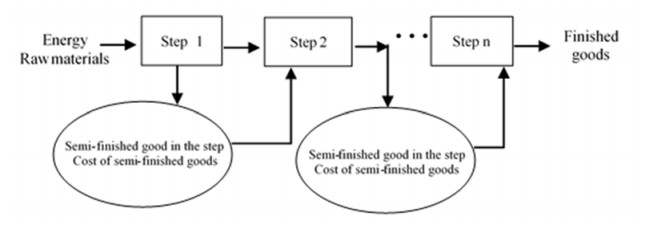
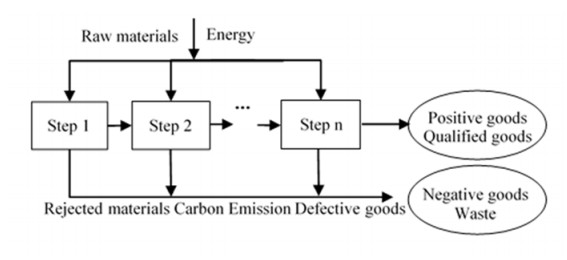
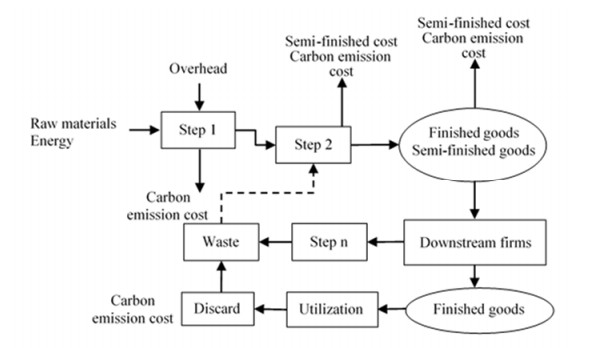
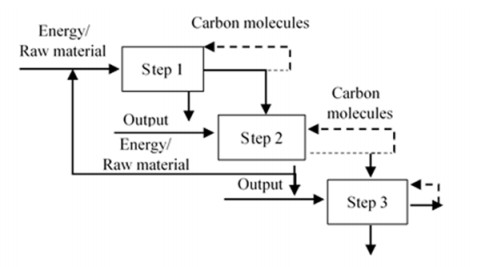
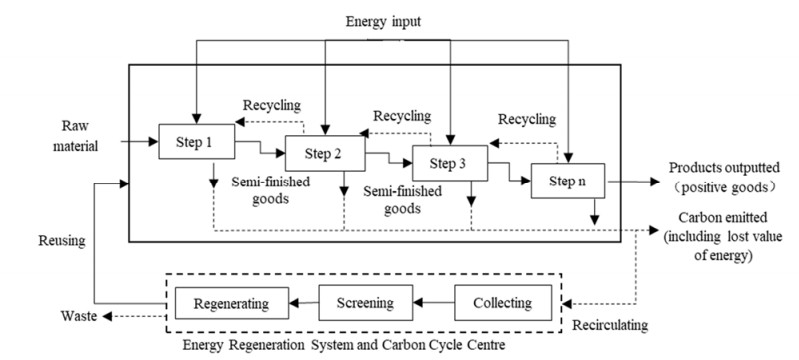


 DownLoad:
DownLoad: